Neumann / TLM103 Condenser Microphone
Neumann is a microphone brand that needs no introduction, and the U 87 Ai condenser microphone is a staple that even casual listeners have likely seen. The U 87 Ai has become synonymous with Neumann due to its overwhelming popularity, but Neumann also offers many other excellent microphones.
Among them is the TLM 103, marketed as the ‘modern U 87’. Priced at about one-third of the U 87 Ai, it is a more accessible option. I had the opportunity to use it, so I’ll share my review.
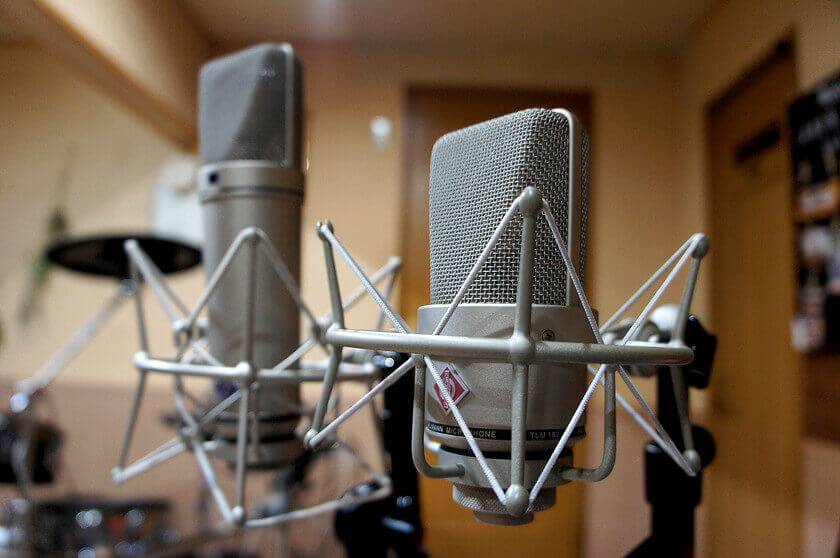
<TLM 103 (front) and U 87 Ai (back)>
As of August 2022, there is a promotional campaign where purchasing the TLM 103 comes with a Neumann-designed umbrella. Since this offer is limited in quantity, please make your purchase soon if you are interested.
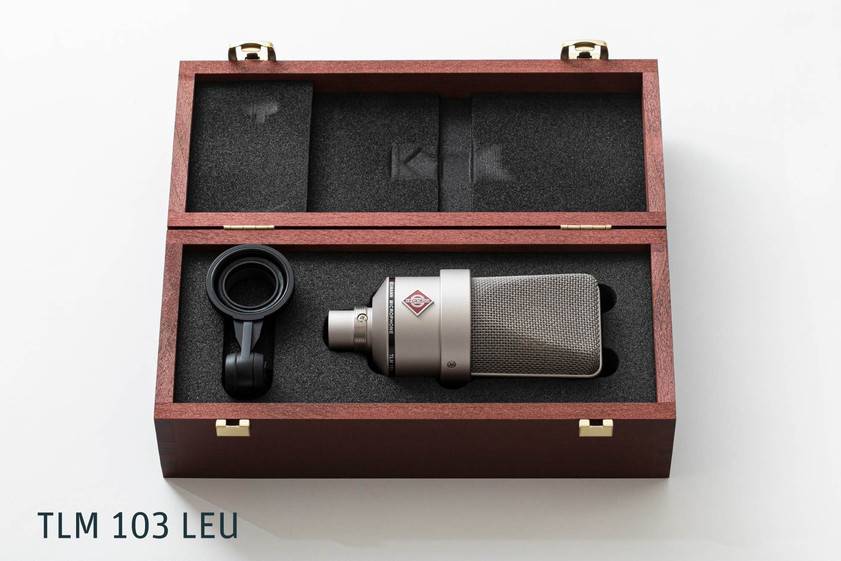
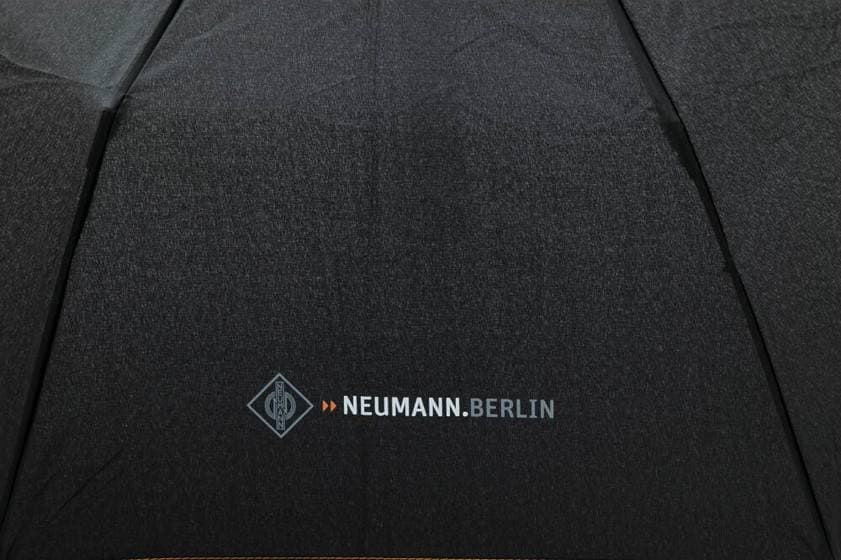
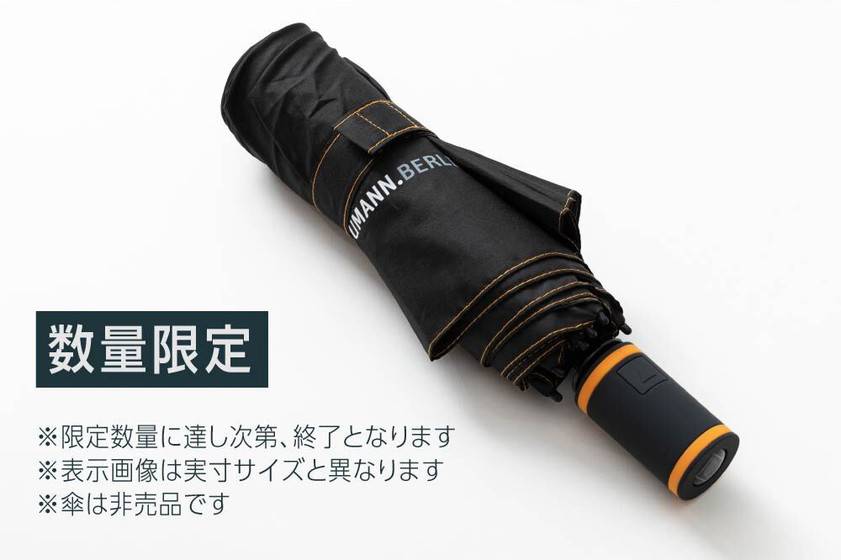
<Limited-time campaign currently underway>
The microphone itself is compact yet has a solid presence.
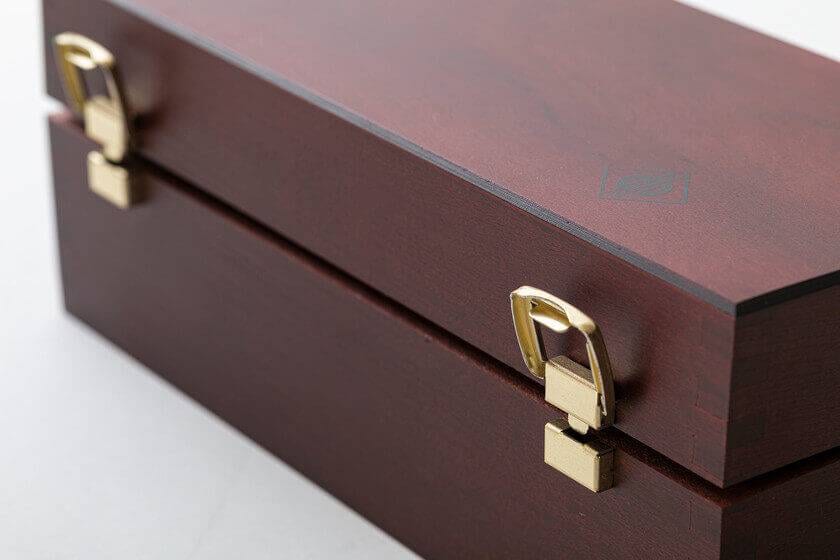
<Comes in a coveted Neumann wooden box>
When the package arrives, you’ll be surprised by its substantial weight. This is because it is housed in a Neumann wooden box, similar to higher-end models, despite its lower price. There is actually a more entry-level model, the TLM 102, which is easy to use for home recording, but the TLM 102 does not come with a wooden box. It seems that there is a sort of boundary between the TLM 102 and TLM 103 for Neumann as well.
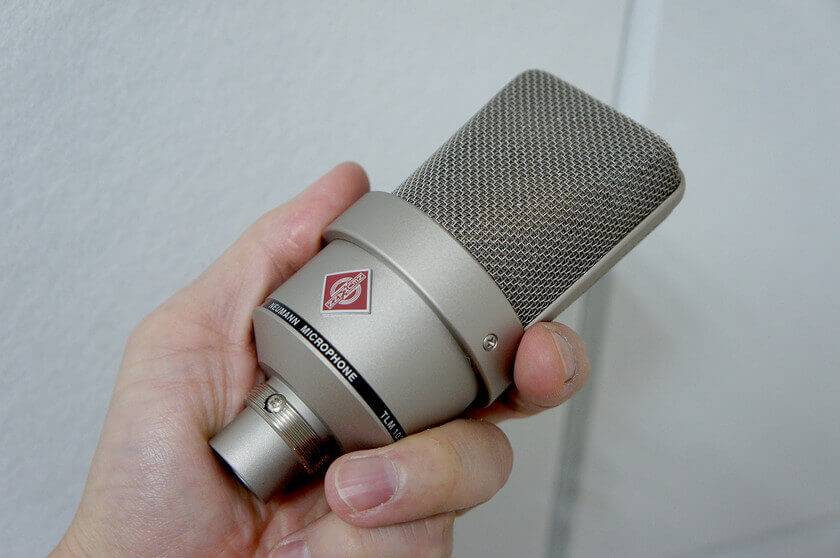
<Holding it reveals its compact size and high-quality feel>
When you open the wooden box and take the microphone in your hand, you’ll be surprised again by its high-quality feel and weight. The TLM 103 is quite compact at 132 mm in length compared to the U 87 Ai’s 200 mm, but the weight difference is only 50g. It gives the impression of being well-packed.
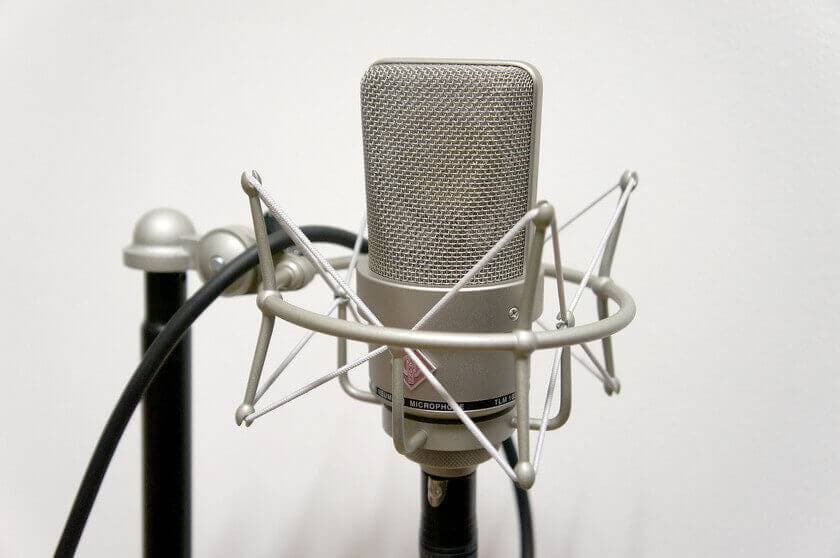
<The EA 1 suspension is sold separately but is definitely worth getting>
Be aware that only a simple microphone holder is included with your purchase. Also, the suspension is different from the EA 87 used for the U 87 Ai, so it cannot be interchanged. The EA 1 suspension is specifically designed for the TLM 103. In the case of the TLM 103 Studio Set, it seems that the TLM 103 and EA 1 suspension are sold together.
*The TLM 103 Studio Set is not eligible for the 2022 Neumann design umbrella campaign. If you wish to participate in the campaign, please purchase the TLM 103 microphone and EA 1 suspension separately.
Neumann Sound That Matches the Modern Production Scene
I had the opportunity to record some guitar with it.
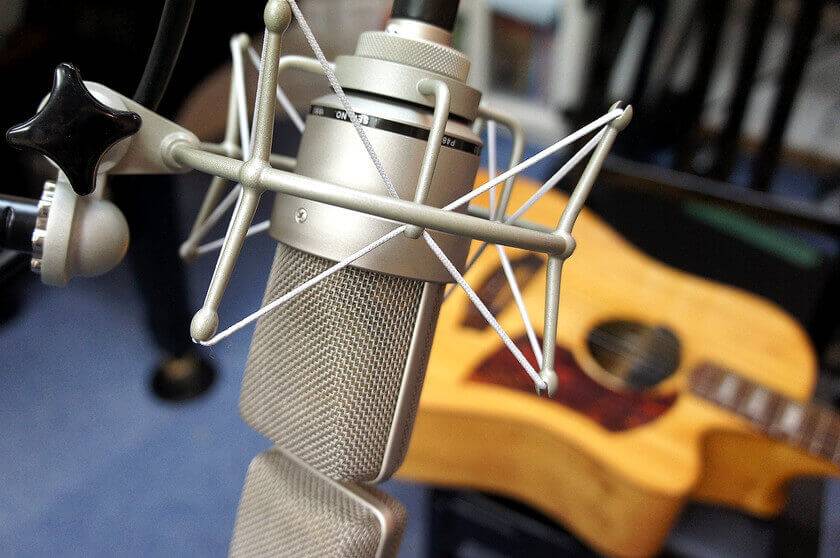
<Used for recording acoustic guitar>
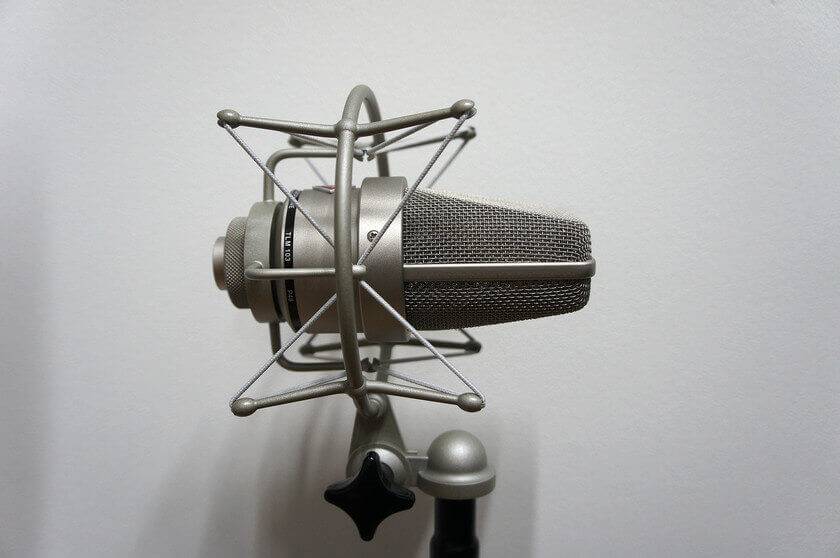
<Its short length allows for horizontal placement without issues>
In practice, the compact size gives the impression of greater freedom in microphone placement compared to the U 87 Ai. The TLM 103’s shorter length allows for more versatile positioning, and the suspension can handle horizontal placement, making it suitable for various installation angles.
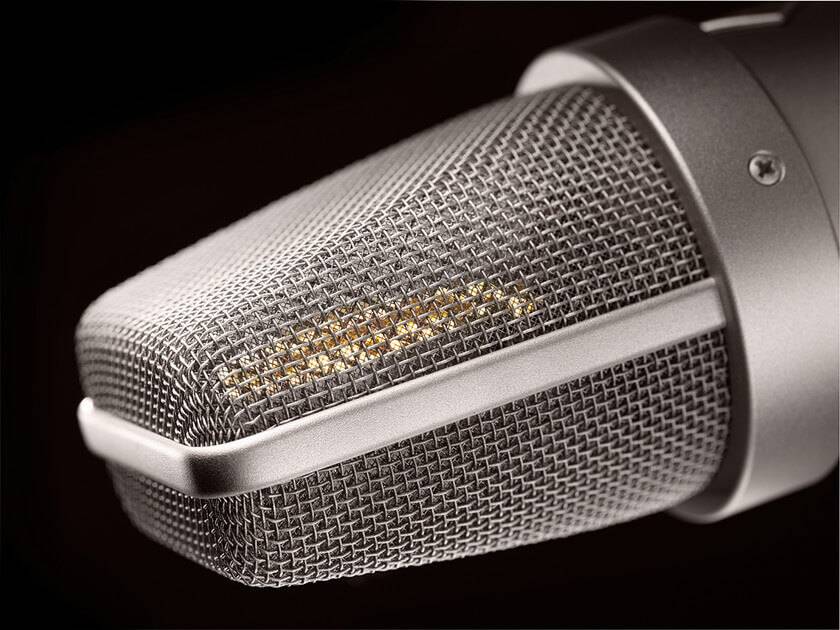
<The TLM 103 capsule features the dedicated K 103 capsule>
Listening to the sound, it’s clear that the TLM 103 has a different character compared to the U 87 Ai. This is to be expected since a different microphone capsule is used, but it doesn’t seem to indicate that it has been tuned cheaply. When recording vocals or narration rather than guitar, I was able to distinctly feel the so-called ‘Neumann sound’, particularly in the mid and low frequencies.
Interestingly, the TLM 103 tends to sound good right out of the box. Especially for those closer to the listening side, such as general studio staff rather than engineers, it seems easier for them to perceive it as a good sound, which can be attributed to the TLM 103’s frequency characteristics.
While the U 87 Ai boosts the high frequencies in a peaking EQ manner, the TLM 103 offers a shelving EQ-like boost, lifting the lower frequencies. I felt that the tuning has been designed for modern users, ensuring that it sounds good even in its raw state.
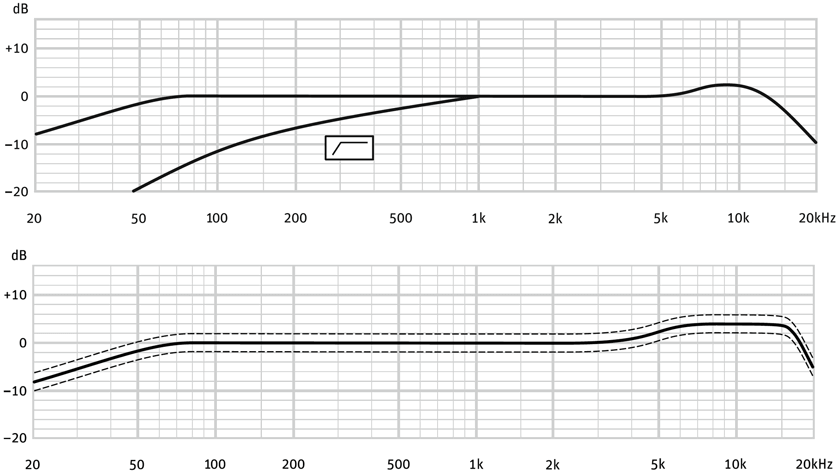
<It’s clear that the frequency characteristics are quite different>
Additionally, unlike the U 87 Ai, the TLM 103 employs a transformerless circuit, which helps to maintain clarity in the sound, particularly at high volumes, with less distortion in the low frequencies.
Low noise and high input tolerance make it user-friendly for everyone
The TLM 103 is characterized by its low noise and high sound pressure tolerance, with an equivalent noise level reduced to just 7 dB-A, which is a better figure than the U 87 Ai’s 12 dB-A. Coupled with its high sensitivity and sound pressure tolerance, it achieves a high S/N ratio of 87 dB, providing a sound output with minimal noise. Its good sensitivity means that there’s no need to increase the gain, but even when the gain is raised, the noise remains low, giving a significant advantage during mixing.
While the distance for cable routing is shorter compared to the transformer-equipped U 87 Ai, this is unlikely to be an issue for use in home or small studios.
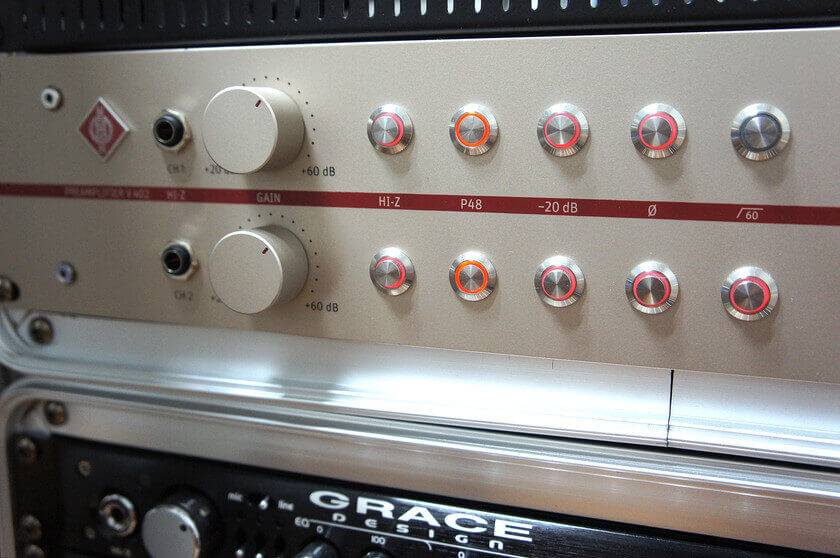
<Even when increasing the gain of the mic preamp, the noise remains minimal>
It can handle high volumes, has low noise, and captures high frequencies beautifully without needing any post-processing.
This makes it an ideal microphone for those looking to experience Neumann quality, especially for those who record in fixed environments like home studios.
Additionally, it’s worth noting that using the TLM 103 provides insights into the role of its lower-tier counterpart, the TLM 102. The TLM 102 is a more specialized microphone aimed at narrower targets, particularly for home vocal or talk recordings, and it’s designed for use by individuals who are not engineers. Understanding the TLM 103 has shed light on the TLM 102’s intended purpose.
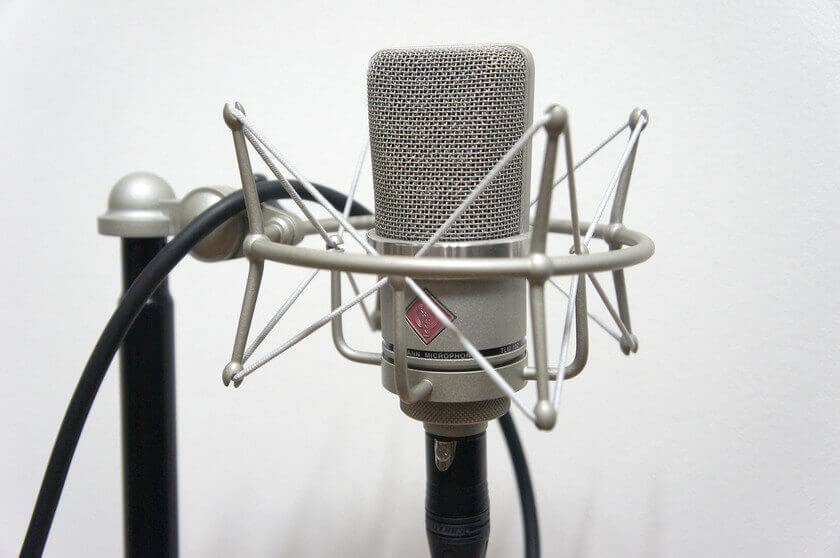
<The TLM 102 is an even more compact microphone with a more specific target>
When it comes down to it, the U 87 Ai undeniably has a more refined sound texture and a sense of luxury. However, considering the price difference, the TLM 103 is a remarkably cost-effective microphone. While it’s challenging to assemble a stereo pair of U 87 Ai microphones, a stereo pair of TLM 103s seems more attainable. In fact, I had quite a good experience with acoustic guitar stereo recordings using the TLM 103, so I’m currently weighing it against my budget.
If you’re only recording vocals or narration at home, the TLM 102 is a solid choice. For greater versatility and quality, the TLM 103 is the way to go. If you have the budget and are comfortable using the microphone, the U 87 Ai is an excellent option. In any case, I believe the U 87 Ai could be the best choice for those who found it too expensive to consider. While I might hesitate to recommend the U 87 Ai to vocalists, I feel confident recommending the TLM 103 wholeheartedly.
The “sound & person” column is made up of contributions from you.
For details about contributing, click here.





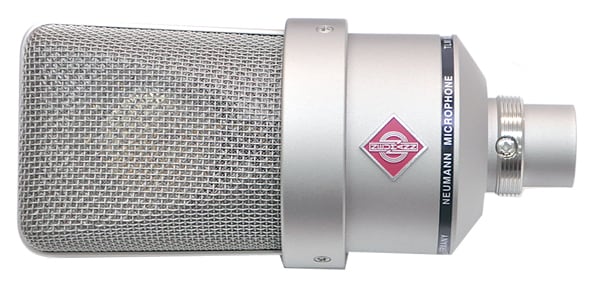

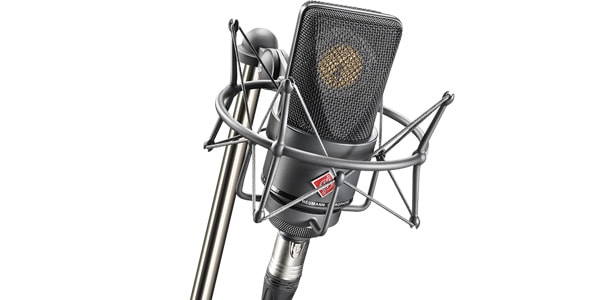
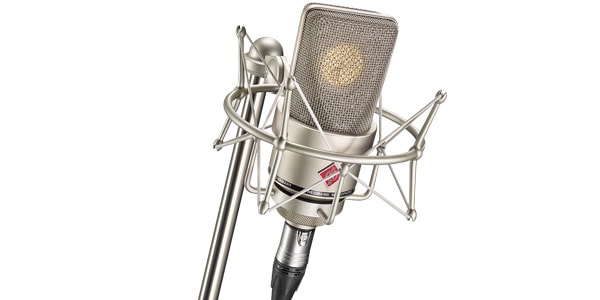

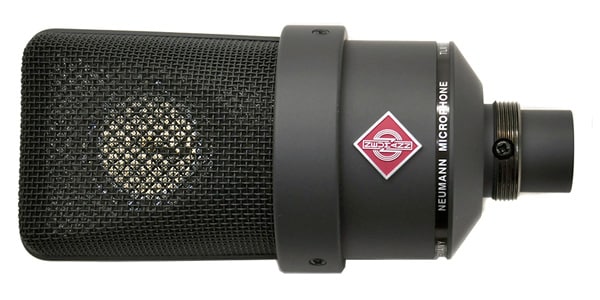
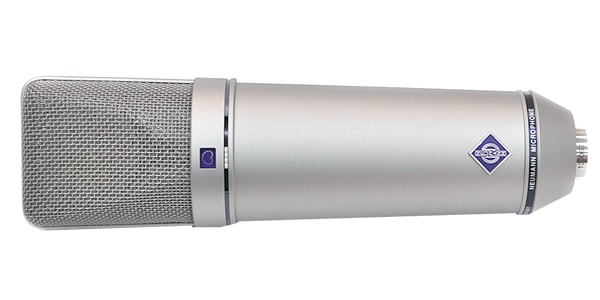





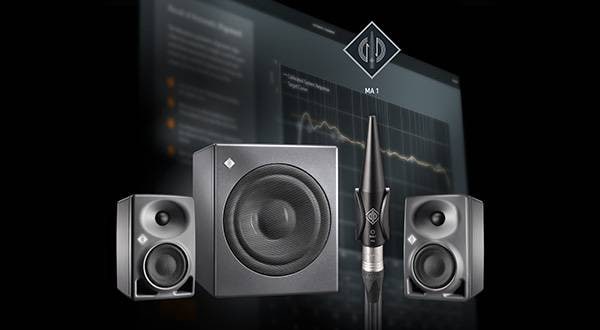
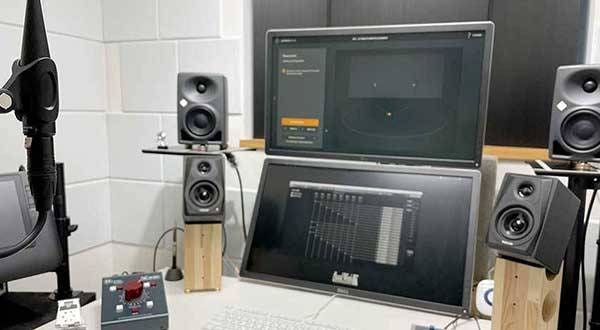
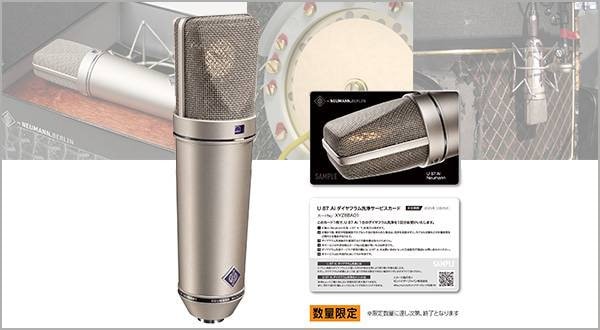
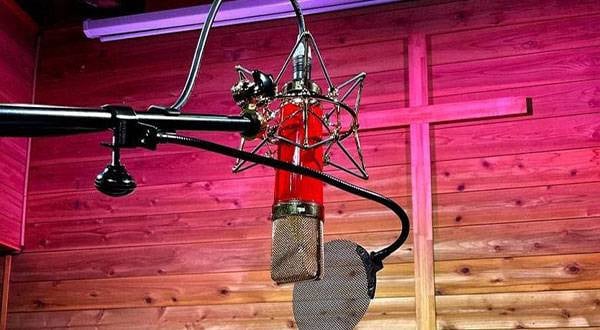
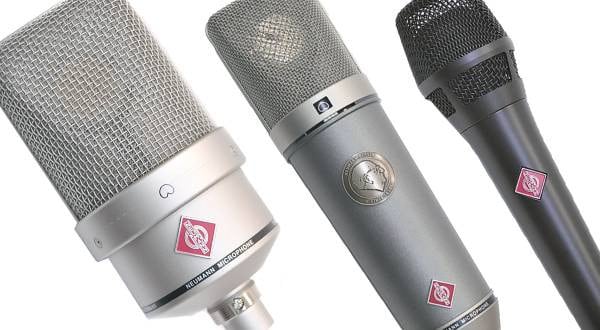
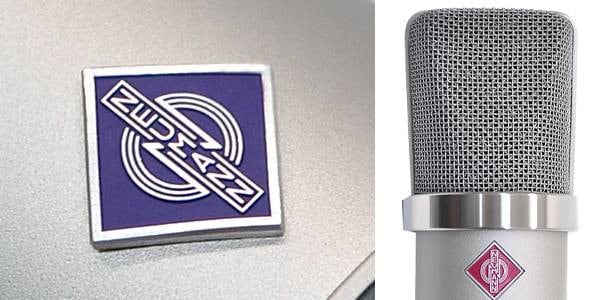
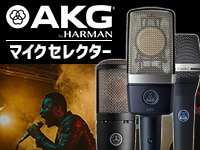 AKG マイクセレクター
AKG マイクセレクター
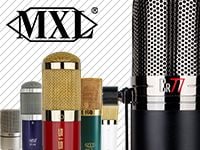 MXLマイク購入ガイド
MXLマイク購入ガイド
 コンデンサーマイクとは
コンデンサーマイクとは
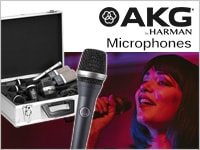 AKG マイク特集
AKG マイク特集
 マイクケーブルの作り方
マイクケーブルの作り方
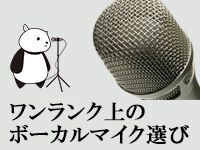 ワンランク上のボーカルマイク選び
ワンランク上のボーカルマイク選び















